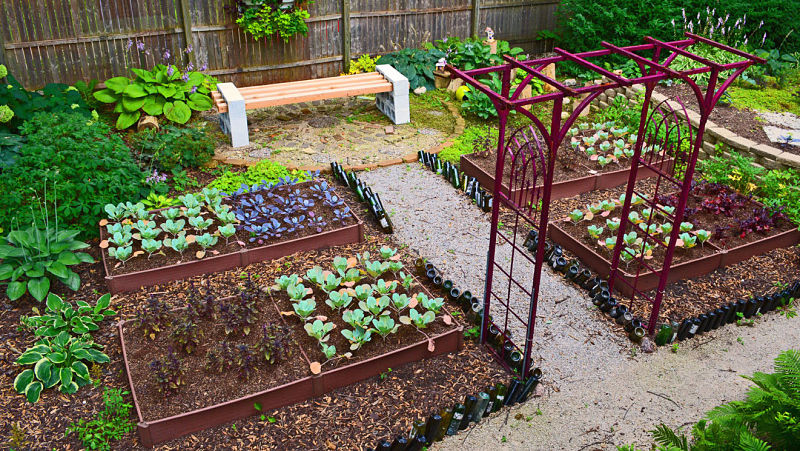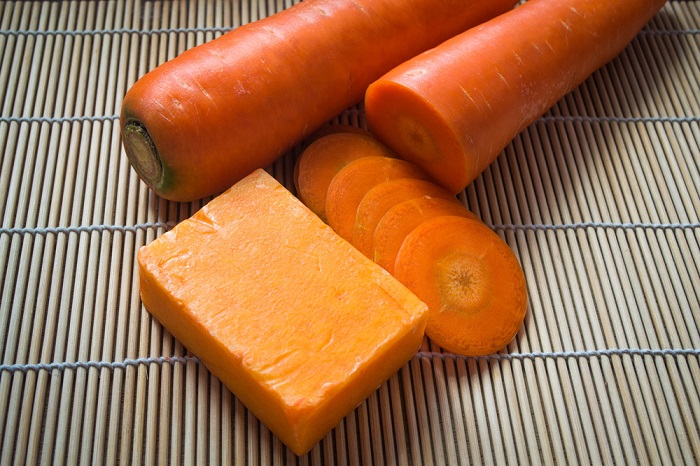Green beans are the immature seed pods of the kidney bean, an annual plant of the American legume family. These are dwarf or climbing plants that have a shallow root. Green beans can be adapted to different types of soil, giving excellent results.

Growing grains does not require a great deal of experience. They are also easy to harvest, they are collected and eaten with the seeds still immature. For this reason, they are considered a vegetable rather than a legume. We can find the grains in a kitchen garden, since it provides a very abundant production. Thus, it is a very popular, well-known and appreciated legume, easy to cook and that we can store in many ways.
The growing green bean cycle is generally 60 to 70 days for early varieties. While the later beans can take between 80 and 90 days. Like all legumes, it should be grown in soils rich with organic matter. So, let’s get to know the secret about growing green beans in more detail.
How to grow green beans?
As we anticipated, growing green beans is not too complicated. But we need to meet some requirements to achieve a desired production.
Ground.
It should be light, well drained, and well fertilized with manure and other organic fertilizers.
Bean cultivation.
To grow green beans properly, you need to plant the seeds from March to June. So, we put the seeds in the ground at a depth of 3 to 5 cm. We must also leave a distance of 50 cm for dwarf varieties, 80 cm for vines. If the soil is too clayey, put 5 seeds every 20 cm so that they can all germinate together. Cover the seeds with soil and water.
Vine varieties require support. For this purpose, we can use special plastic nets fixed to vertical posts one meter apart. Also, they must be arranged along the row and firmly planted in the ground. The bamboo poles along the row are also suitable as supports for the seedlings.
Watering the green beans.
Grains need a lot of water, but it should never stagnate. To avoid diseases, we should not wet the leaves, on the contrary, we will only water the soil.
How to harvest green beans.
Green beans are harvested while still tender, they can be clearly separated from the plant.
Bean varieties.
Green pod beans.
- Blue lake: It has an elongated pod, with a circular section, about 15 cm long and white seeds.
- Climbing Bobby: Straight pod with round section, about 16 cm long.
- Fortex: Like the previous ones, it has a straight sheath and a circular section with a length that even exceeds 25 cm.
- Green ring: They have a curved sheath, a flattened section and a length of around 10 cm.
- Marconi beans: It also has a straight pod, but it is flat and is 20-22 cm long.
- Trento Ring: Curved pods stained purple-red. brown and red seeds.
Yellow or purple pod beans.
- Yellow ring: They have a curved sheath, a flattened section and a length of around 10 cm. The seeds are red and cream in color.
- Kentucky wonder pole: With a straight sheath of round section and approximately 20 cm long. The seeds are brown.
- Wonder of Venice: Section of the straight and flattened sheath, measures an average of 20 cm and more. The seeds are black, but there are also white seed selections.
- Violet Dwarf: Long sheath, sometimes a little curved, round in section and 20 cm long. The seed is purple in color, although this color disappears after cooking.
How to sow green bean grains?
- Prepare the soil by tracing shallow furrows with spaces of 50cm and enriched with animal manure.
- At the bottom of the groove a small amount of water is poured at room temperature.
- It is sown placing 2-3 seeds at a time in each slot, leaving a distance of approximately 15-20 cm.
- Once the bean seedling emits the first leaves, we must protect its shallow roots.
- Although irrigation should be regular, we must avoid wetting the leaves.







